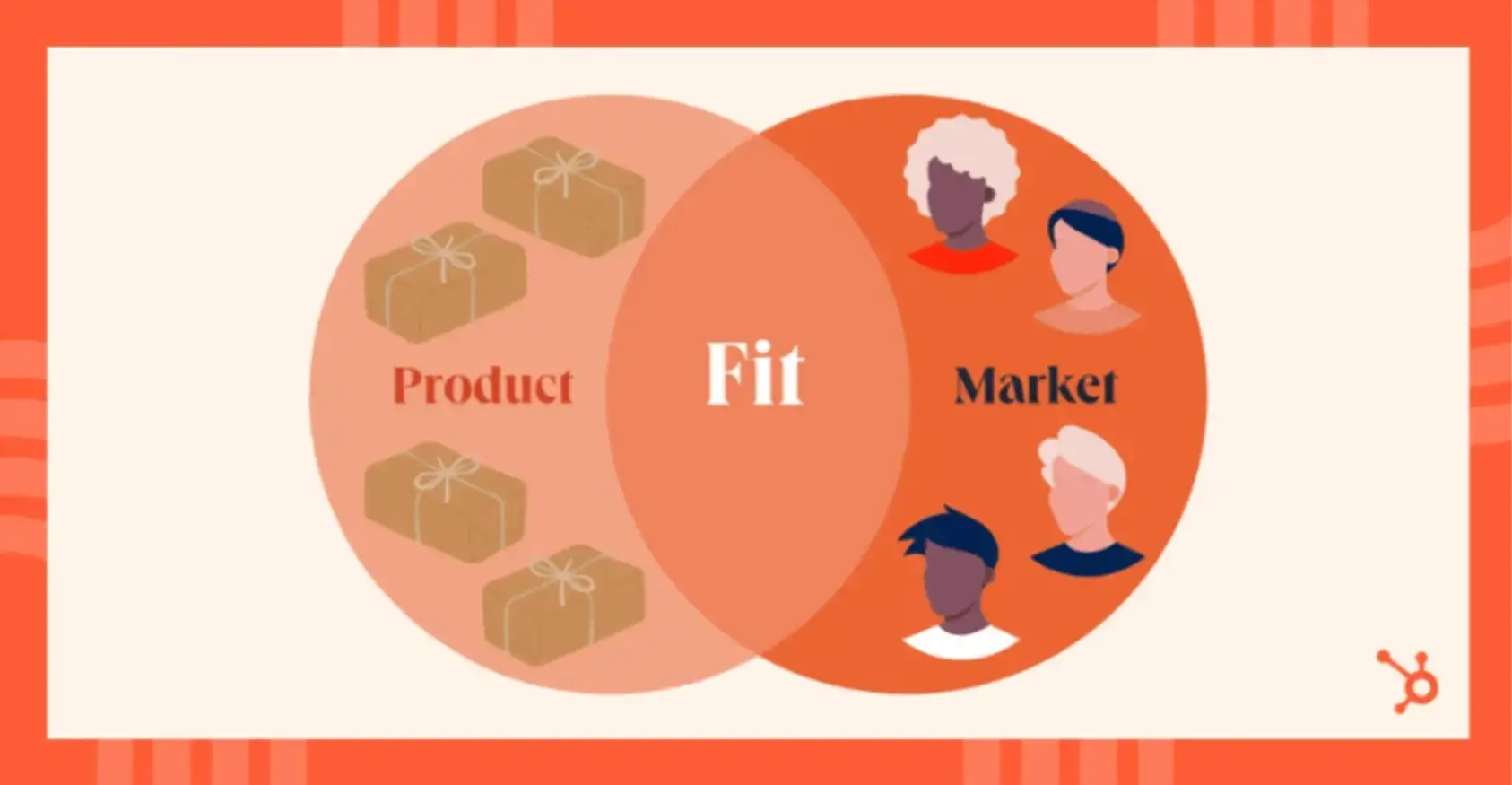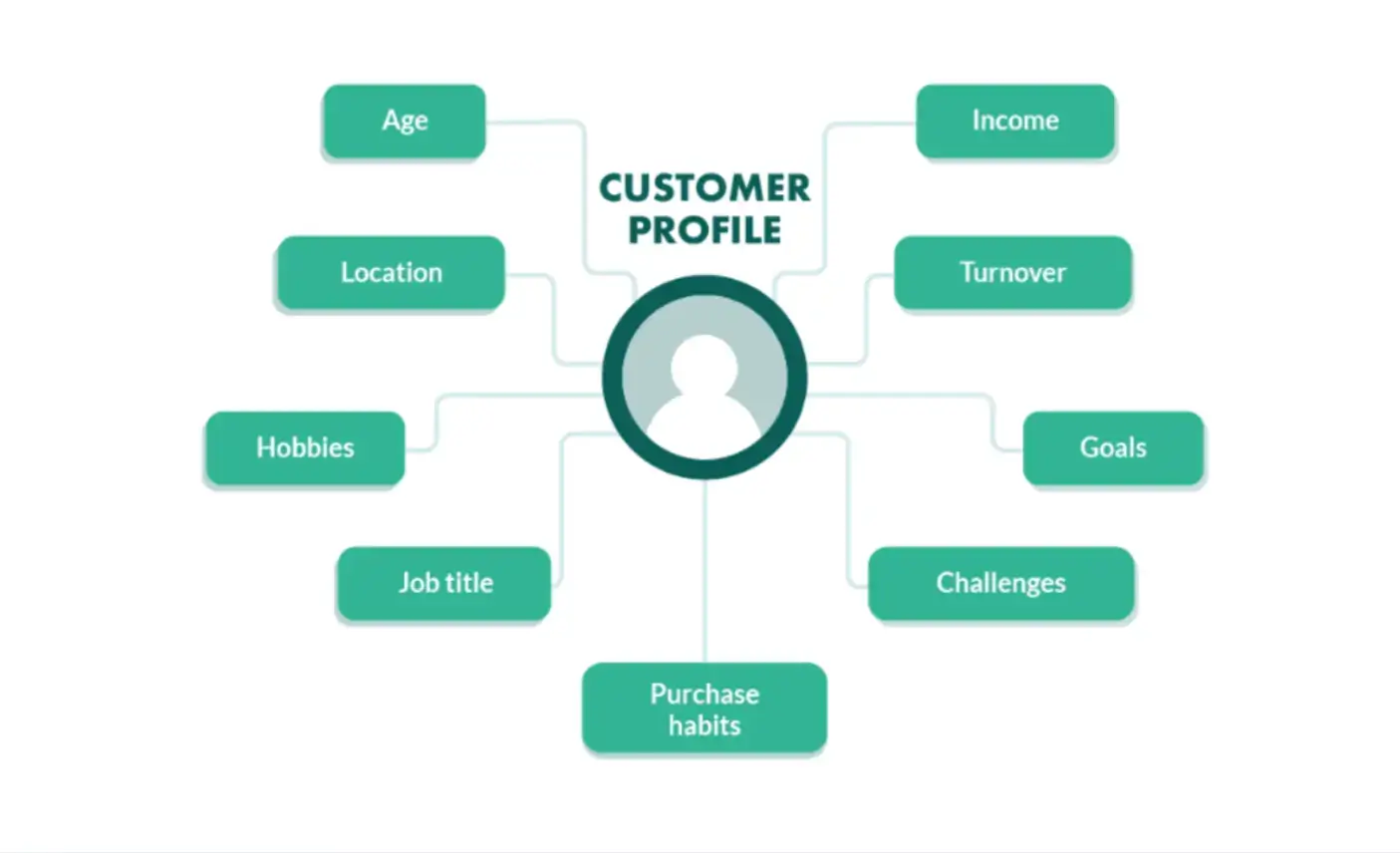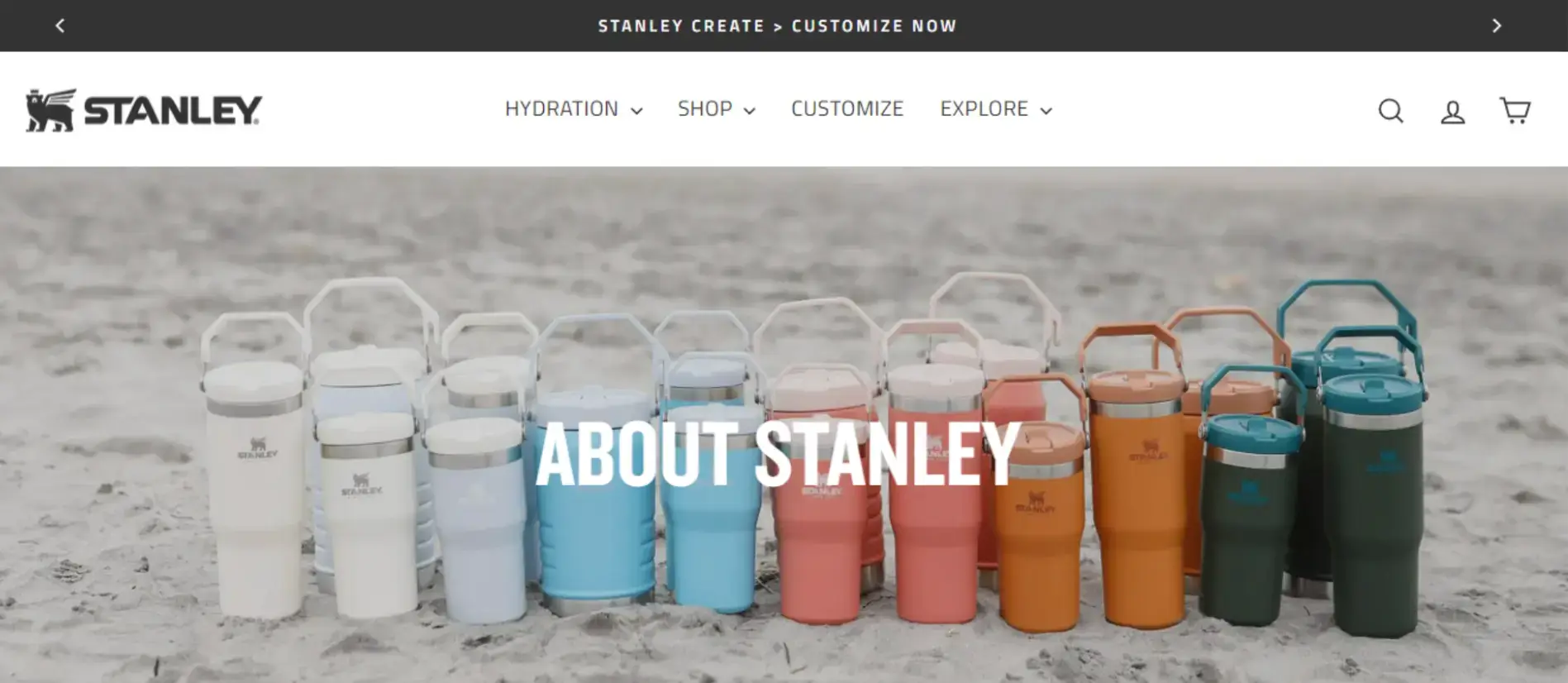Making informed decisions for sustainable business growth is difficult, and errors are common. From overlooking crucial strategies to misinterpreting audience needs, missteps set you back and impede your progress toward building a solid pool of qualified leads.
Here, we offer eight common pitfalls of acquiring qualified leads and actionable fixes for to correct them.
What are the common mistakes made while trying to acquire qualified leads?
- Buying Leads
- Ineffective Content Marketing
- Bad (or Non-Existent) Product-Market Fit
- Being a Generalist
- No Clear Path to Buy
- You're Not Reaching the Right Demographic
- Not Cultivating the Leads You Have
- Trying to Do Everything

1. Buying Leads
It sounds like a great shortcut, doesn’t it? Instead of spending the time and effort on growing organically, you can simply buy a list of leads to use for outreach.
Easy peasy. Except — like most shortcuts — it can cost you big in the long run.
If you buy leads, you run the risk of violating privacy and data protection laws.
Many jurisdictions require explicit permission to solicit an individual for marketing purposes.
Not doing so can result in significant fines, damage to your company’s reputation, and broken trust from the very people you are trying to build a trusting relationship with.
Additionally, quantity doesn’t equal quality.
A generic list of low-quality leads who aren’t interested in your product or service means the ROI will be abysmal. You’ll have risked your company’s resources and reputation for nothing.
-
How to fix it: Focus on organic content marketing
Though the process is slower and requires more intentional effort, the payoff is a healthy return on investment that forms a foundation on which you can continue to grow your business.
Read more about how to increase your organic traffic.
2. Ineffective Content Marketing
Ineffective content marketing stands out as a fundamental yet critical mistake that many businesses make in their lead-generation strategies.
Oftentimes, companies produce content that fails to provide genuine value or address the specific needs of their target audience.
This misstep can significantly impact lead generation efforts, as potential customers are less likely to engage with content that doesn’t resonate with their interests or concerns.
It can help to go back to the basics here with tools like a startup business plan.
A startup business plan template aids in delineating your target audience, defining effective marketing approaches, and outlining operational strategies.
-
How to fix it: Prioritize creating high-quality, relevant content.
Take, for example, StudioSuits, a brand known for its best-quality seersucker suits.
Part of their content strategy isn’t just offering product descriptions. They go further, offering style tips and how-to guides for men’s fashion.

This approach solves potential customers’ problems and answers their questions, ultimately fostering a connection that transcends transactional boundaries.
3. Bad (or Non-Existent) Product-Market Fit
Product market fit (PMF) is a term that describes how well your product meets a market demand.
Ultimately, is there a market for your product? If you aren’t acquiring qualified leads, do some honest evaluation of what you are offering.
Maybe there’s a general demand for your product, but a specific feature you are using as a selling point is missing the mark.

-
How to fix it: Don’t be swayed by cool ideas alone
Instead, make data-driven decisions when designing your products and be strategic about what new features you invest in.
The coolest idea in the world won’t gain any traction if there is no demand for it on the market.
4. Being a Generalist
Many companies need to be more specific in their content marketing strategy. A one-size-fits-all approach ignores your ideal customer while trying to appeal to everyone.
To capture high-quality leads from your marketing efforts, you need to speak to particular pain points in your target audience.
-
How to fix it: Create a customer profile, also called a buyer persona
Here, POWR's own Head of Growth, Mick Essex, gives advice in his podcast on why creating an ideal customer profile is critical, and gives steps for how to create your own.
This profile includes basic information about your best buyers. It usually includes things like:
- Occupation
- Motivations
- Pain points
- Location
- Hobbies
- Gender
- Salary
- Age

Let's say Cruise America wants to attract the "Budget Backpacker" persona. This young, adventurous couple prioritizes affordability and flexibility, dreaming of exploring national parks on a shoestring budget.
Their buyer persona details their desires for fuel-efficient camper vans, compact RV layouts, and content highlighting budget-friendly campsites and DIY travel hacks.
By speaking directly to this "Budget Backpacker" through targeted content and promotions, Cruise America attracts pre-qualified leads already primed for their perfect used RV adventure.
Boom! Happy campers, higher conversions, and a thriving l business - all thanks to understanding the "who" behind the "what."
This will help you narrow down who your ideal buyer is and how to create content and marketing assets that’ll attract them.
5. No Clear Path to Buy
Few things are more frustrating to a potential customer than being ready to buy and having no clear path to do so.
You may be capturing leads, but are you giving them a clear path to follow? Have you created content for every step of the buyer journey, with clearly marked CTAs every step of the way?
How are you supposed to catch emails, answer questions, warm up qualified leads towards a purchase on a sales page, etc., if there is no clear path to follow?
-
How to fix it: Build a reliable sales funnel
By the decision stage, customers have already developed some trust in your brand and have done the necessary research on your product or service, so they are more prepared to buy.

You want this stage to be as smooth as possible. So, you must have the necessary resources.
Like well-trained salespeople who know how to build healthy relationships, reliable courier services that you trust to make your deliveries, and a follow-up process where you can verify that the customer is satisfied.
6. You’re Not Reaching the Right Demographic
You aren’t reaching the right demographic if you have lots of impressions and organic traffic but your bounce rate and conversions are low.
This is frustrating because it means you have succeeded in getting your brand out there, but not to those who want to buy from you.
-
How to fix it: Lean in
Who you’re reaching may not be who you intended your product for, but they’re nevertheless the ones you’re finding.
If this is happening, you can pivot your strategy to convert who you are attracting. A good recent example of this is Stanley, the manufacturer of the popular Stanley cup.

Stanley is a 110-year-old company that created their product around working blue-collar men, focusing on strength and durability.
Around 2019, a popular women’s blog posted about the Stanley cup, and their primarily female audience went ecstatic over it, causing the Stanley cup to go viral several times.
Stanley could have dismissed this uptick in sales as a fluke, a flash-in-the-pan success that wouldn’t stick.
Instead, they decided to lean into their newfound demographic, creating a new line of cups in numerous, robust colors and pivoting their marketing strategies to find an even larger audience of women.
This generation strategy brought their sales up from $73 million in 2019 to 750 million in 2023.
7. Not Cultivating the Leads You Have
Many businesses collect email addresses via opt-in forms and then let them sit in a list on an email platform somewhere without doing anything with them.
One could also use a lead management software to streamline the lead management processes and automate your tasks.
Usually, this is because business owners have no idea how to go about effectively email marketing to their target audience.
Too much of the most valuable thing you have — TIME is wasted on a pool of warm leads who have already shown an interest in their product.
-
How to fix it: Quite simply, the fix here is to start
By now, you know something about your audience and what they’re interested in. If you’re an ecommerce business, build newsletters showcasing your most popular products.
Build an email communication calendar that rotates with the seasons and what you offer each month. Analyze your results and refine your approach until you hit on what gets the most conversions.
Always be led by the framework of delighting, engaging, and educating your audience.
8. Trying to Do Everything
When you read articles like this one, you may be all fired up to get started with everything. While enthusiasm is great, the issue is you’ll quickly become spread too thin, have cash flow problems, and have little to no ROI.
For small businesses, especially, being wise with what resources you have is essential.
You don’t have thousands to burn on experiments to capture fresh leads.
-
How to fix it: Do some analysis on the techniques you’re already using
What’s working? Where are you gaining the most traction? Figure out what works and double down.
You don’t have to be building every possible avenue to acquire qualified leads and build an effective marketing strategy.
If content marketing works best, grow that sales funnel. If email marketing outperforms everything else, grow your mailing list.
If educational videos are your most valuable content, make more. If inbound leads are pouring in from LinkedIn, start there.
As you grow, you’ll make more sales, giving you more resources to expand avenues to acquire qualified leads.
Ready? Start Building!
Some mistakes are inevitable as you work out how to attract sales-qualified leads for your business. Being aware of what to avoid is the first step. If you’ve already made a mistake or two, don’t worry.
You can easily fix the issue and turn a new leaf by building an effective marketing strategy to attract and keep your ideal customers. Begin by analyzing what’s already working for you and expanding your efforts from there.
Your confidence will grow with each success until a steady stream of sales flows through the door (and ends with satisfied customers).
Remember, a higher conversion rate typically indicates a more efficient sales process, which is particularly crucial for B2B companies.
As you refine your approach to generating qualified leads, you must involve your sales and marketing teams. These units should work in tandem to optimize the sales process (regardless of company size).
Consider the entire lead generation process as a living ecosystem within your business. It requires regular nurturing and adaptation.
The market evolves, and so should your strategies. Stay agile, keep learning, and continually adapt your methods to suit your target market’s changing needs and behaviors.
Author Bio
Kelly Moser is the co-founder and editor at Home & Jet, a digital magazine for the modern era. She's also the content manager at Login Lockdown, covering the latest trends in tech, business and security. Kelly is an expert in freelance writing and content marketing for SaaS, Fintech, and ecommerce startups.



